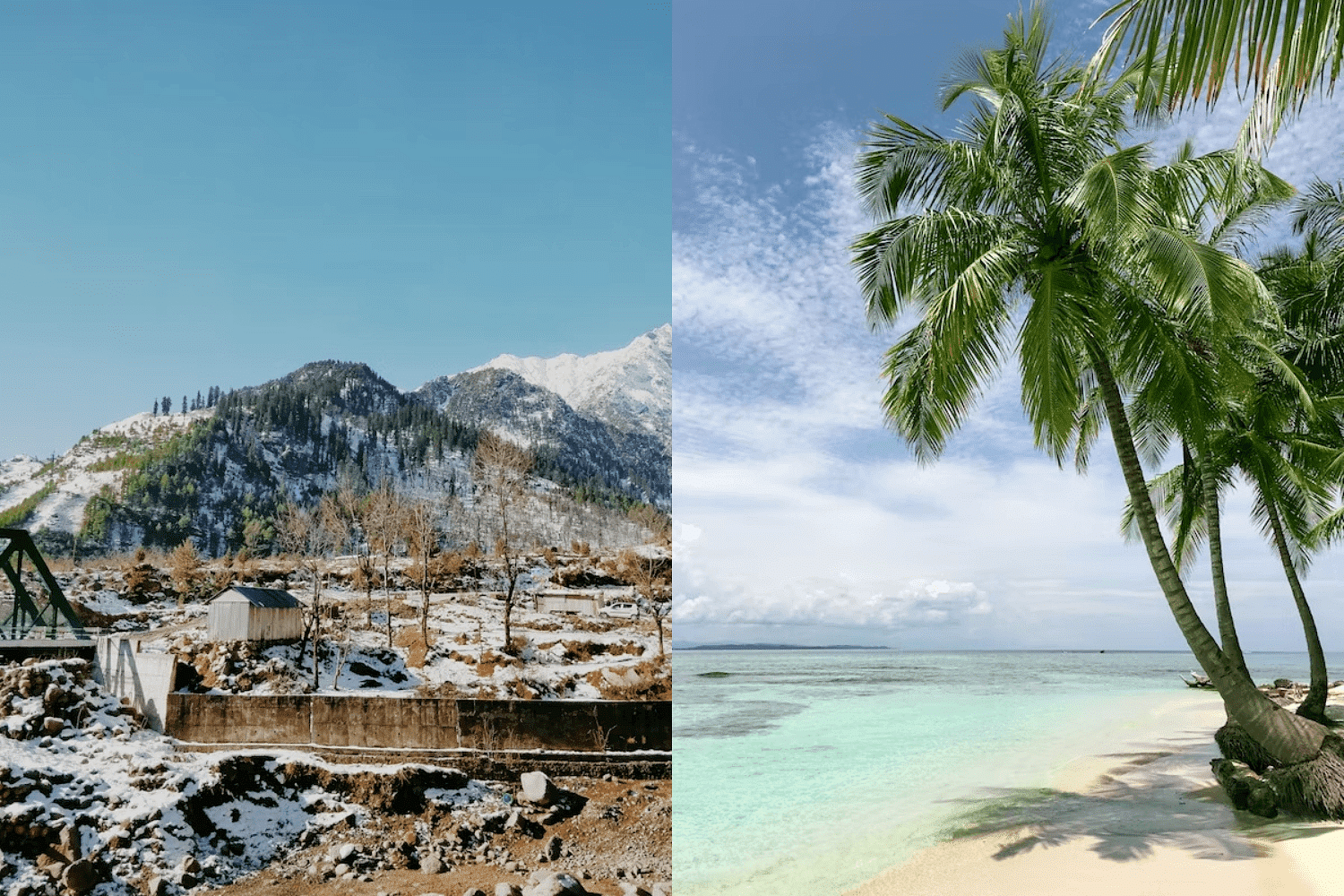
The Great Indian Debate: Which Region to Explore Next – North India or South India?
Table of Contents
Table of Contents
- Introduction
- North India: An Overview
- South India: An Overview
- North India vs South India: The Differences
- Frequently Asked Questions (FAQs) about choosing the best between North India vs. South India
Introduction
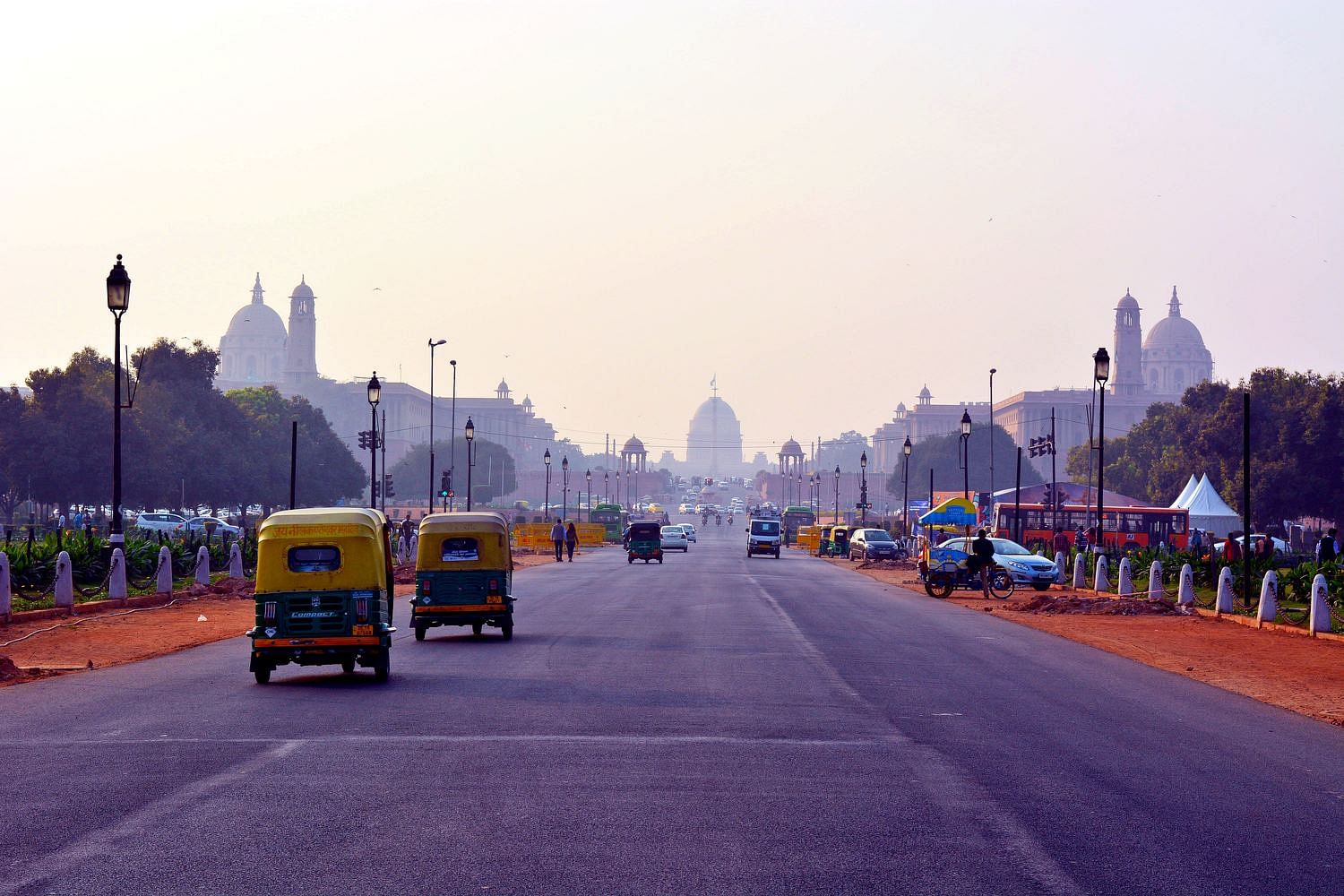
North India: An Overview
- Geographical location;
- Climate and weather;
- Food and cuisine;
- Culture and traditions;
- Popular tourist destinations.
South India: An Overview
- Geographical location;
- Climate and weather;
- Food and cuisine;
- Culture and traditions;
- Popular tourist destinations.
North India vs South India: The Differences
- Language and communication;
- Food and cuisine;
- Culture and traditions;
- Climate and weather;
- Tourist attractions.
Language and Communication
- North Indian languages;
- South Indian languages;
- The importance of language when travelling.
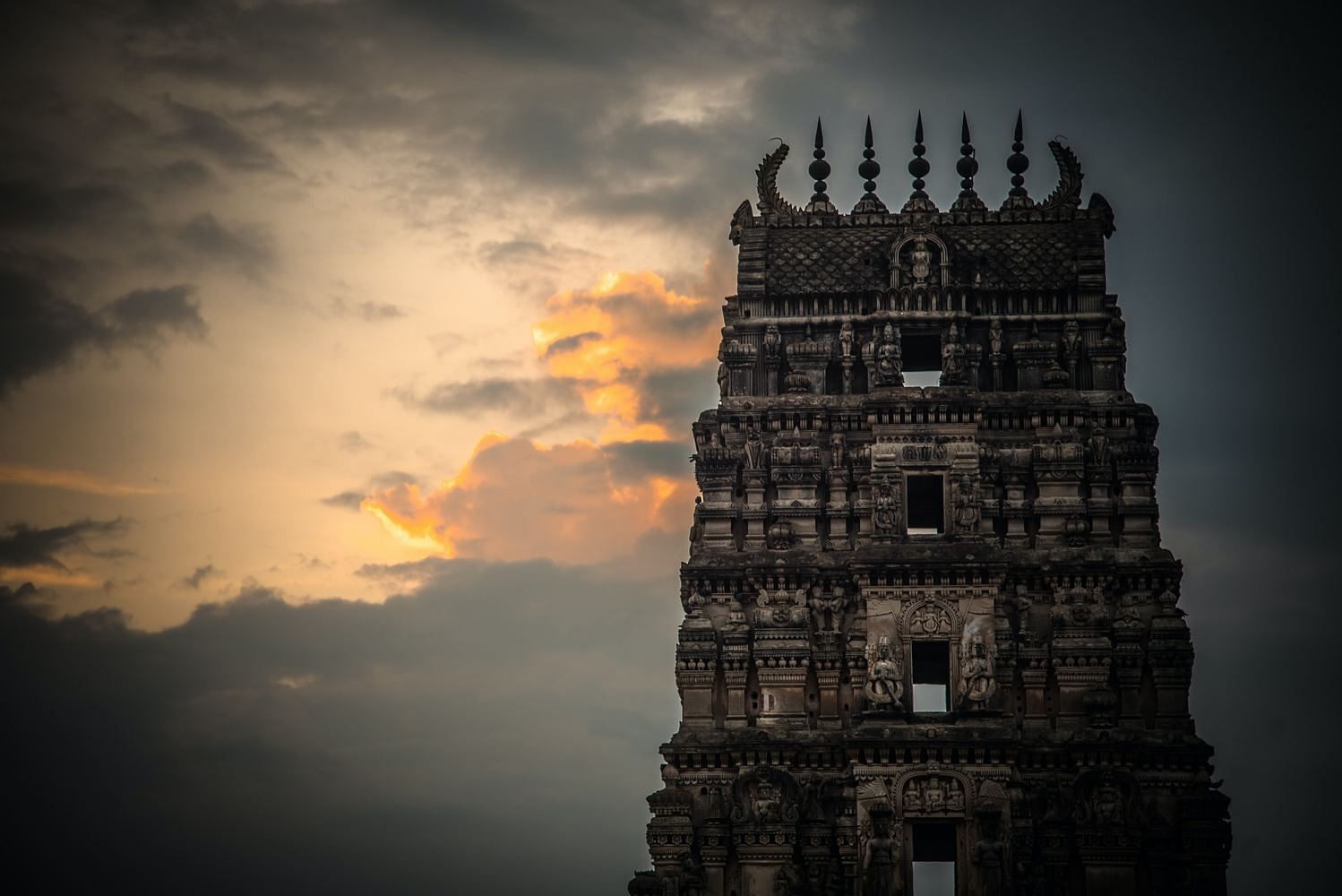
- North Indian food;
- South Indian food;
- The difference in taste and preparation methods;
- Vegetarian vs Non-Vegetarian food.
Culture and Traditions
- North Indian culture and traditions;
- South Indian culture and traditions;
- Festivals and celebrations.
Climate and Weather
- North Indian climate and weather;
- South Indian climate and weather;
- Best time to visit North India;
- Best time to visit South India.
Tourist Attractions
- North Indian tourist attractions;
- South Indian tourist attractions;
- Popular monuments and heritage sites;
- Natural attractions and wildlife.
Takeaway
- Sum up the main differences between North India vs South India
- Offer recommendations for Trip travellers based on their interests and preferences.
North India: An Overview
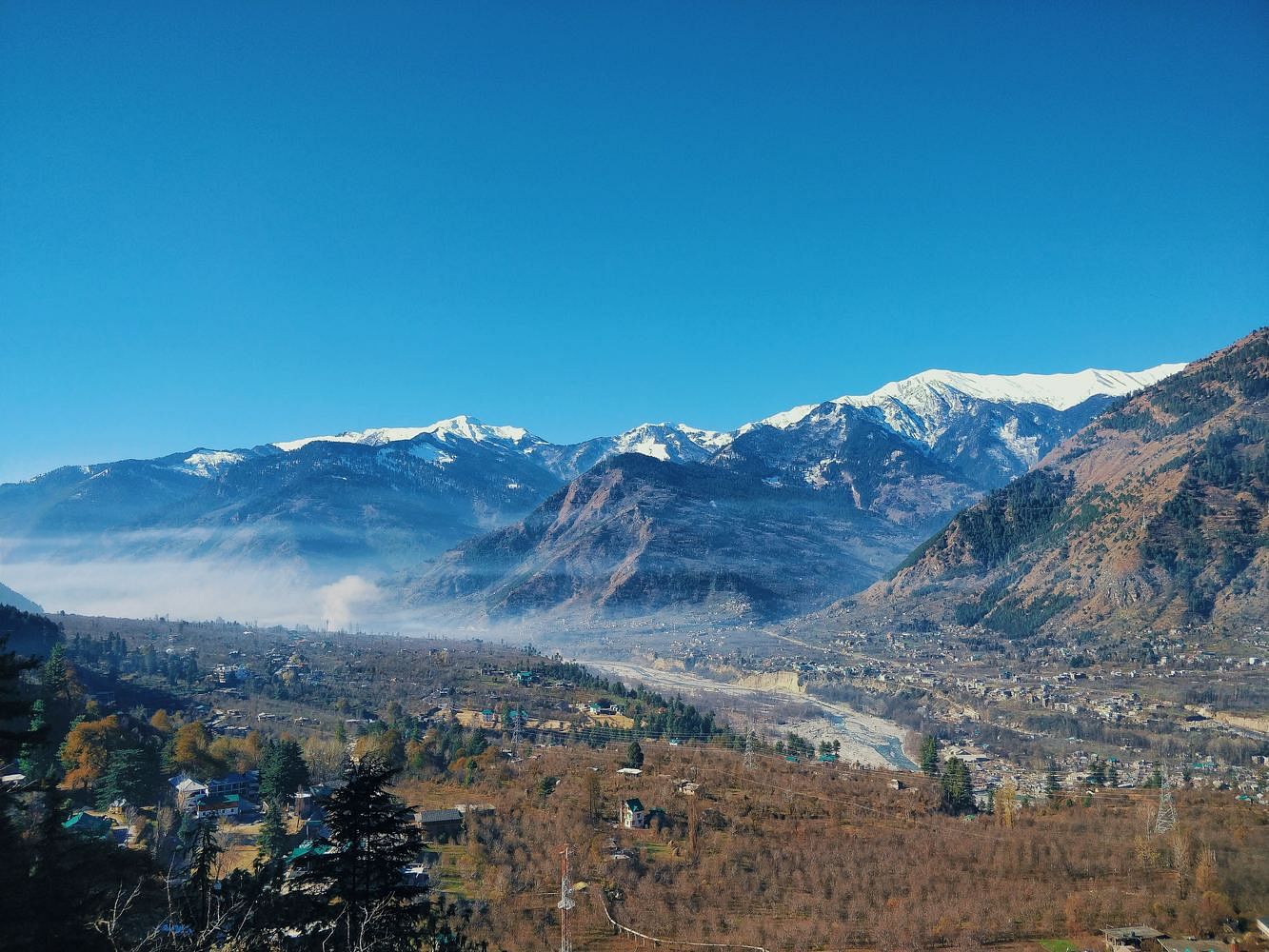
North India is the northern part of India and includes the states of Jammu and Kashmir, Himachal Pradesh, Punjab, Haryana, Uttarakhand, Uttar Pradesh, Bihar, and Delhi. Pakistan borders it to the west, Nepal and Tibet to the North, and Bangladesh to the east.
Climate and Weather
North India experiences extreme temperatures, with hot summers and cold winters. The summer months, from March to June, can be scorching, with temperatures exceeding 40 degrees Celsius. The winter months, from November to February, can be freezing, with temperatures dropping below zero in some parts.
Food and Cuisine
North Indian cuisine is well known for its rich flavours and spices. Butter chicken, tandoori chicken, and biryani dishes characterize it. North Indian food is also known for using dairy products such as ghee and paneer.
Culture and Traditions
North India has a rich cultural heritage that dates back thousands of years. It is home to the ancient Indus Valley Civilization and has been ruled by various dynasties such as the Mauryas, Guptas, and Mughals. Hinduism, Islam, and Sikhism heavily influence North Indian culture.
Popular Tourist Destinations
Some famous tourist destinations in North India include the Taj Mahal in Agra, the Golden Temple in Amritsar, the Red Fort in Delhi, and the Shimla and Manali hill stations.
Delhi
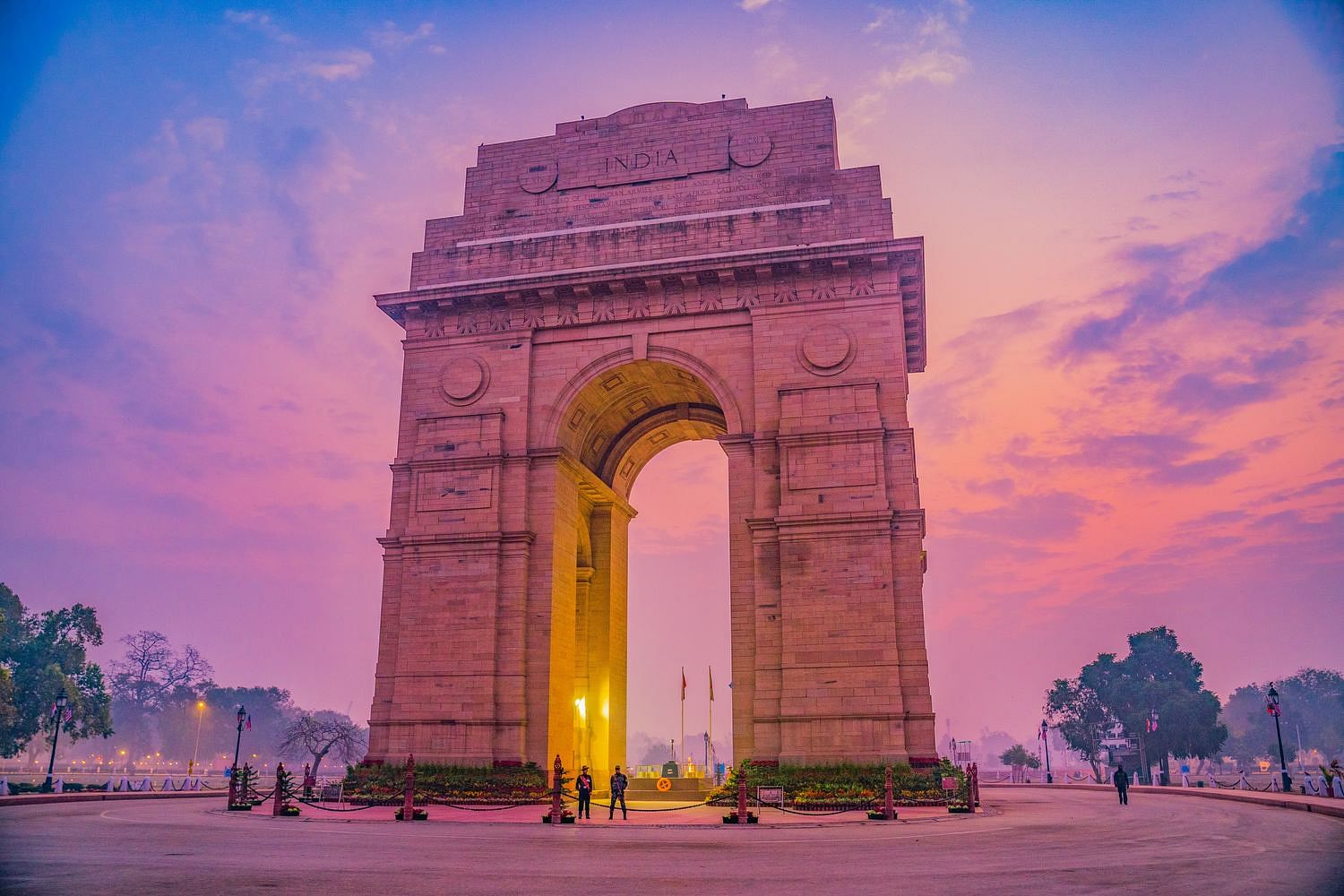
The city is home to many parks, art galleries, gardens, and places of religion. It also includes a fun area and an adventure terminus. The best city to explore in Northern India is consistently Delhi.
Ladakh
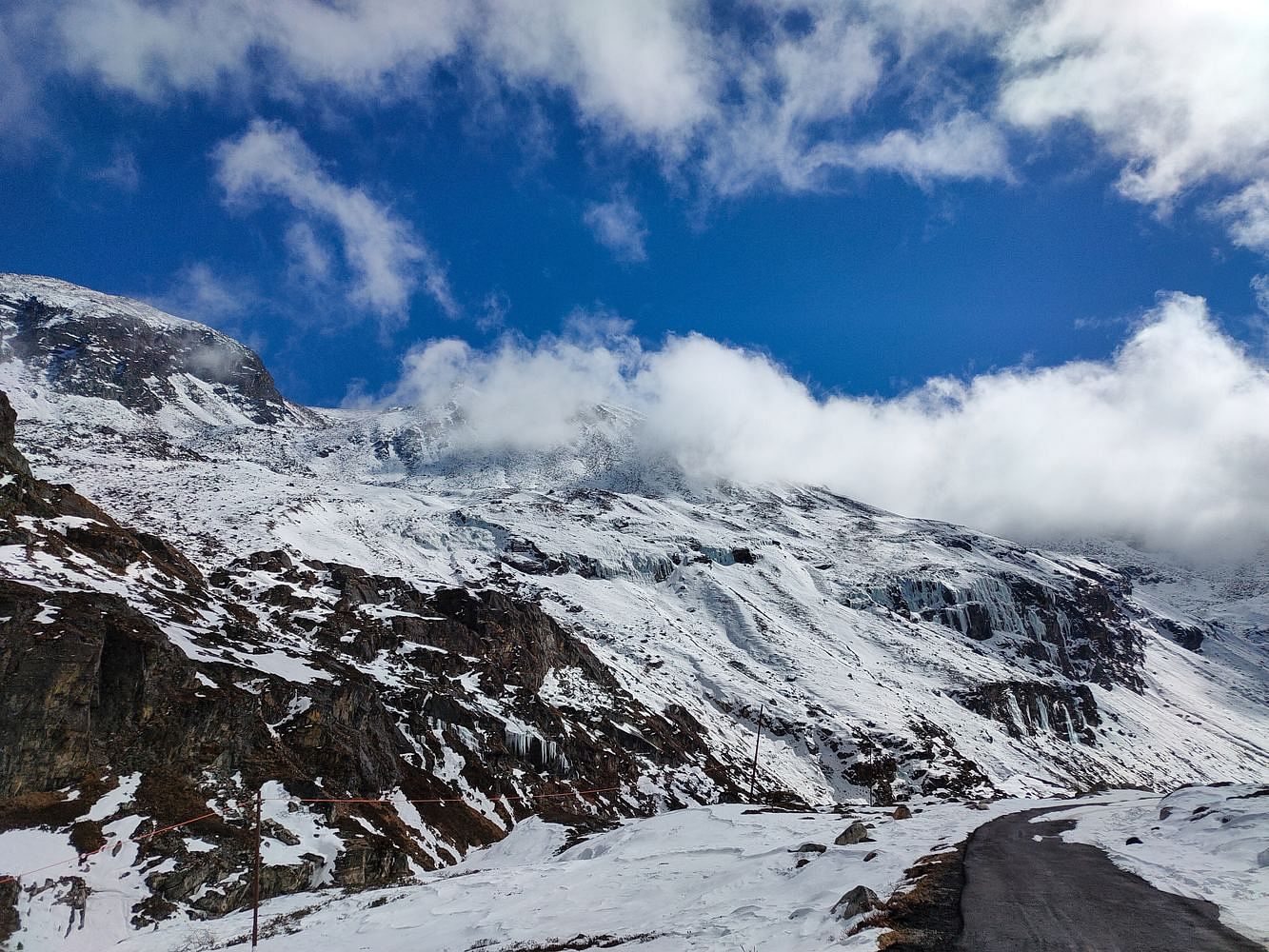
The numerous centuries-old Buddhist monasteries tucked away in the mountains add to the region’s extraordinary beauty. There are many Buddhist pilgrimage sites in the form of monasteries in Ladakh, which also serve as significant cultural hubs and host critical religious events.
However, before visiting this high altitude region, one must also take necessary precautions and measures as one can easily get struck with acute mountain sickness in Ladakh.
Himachal Pradesh
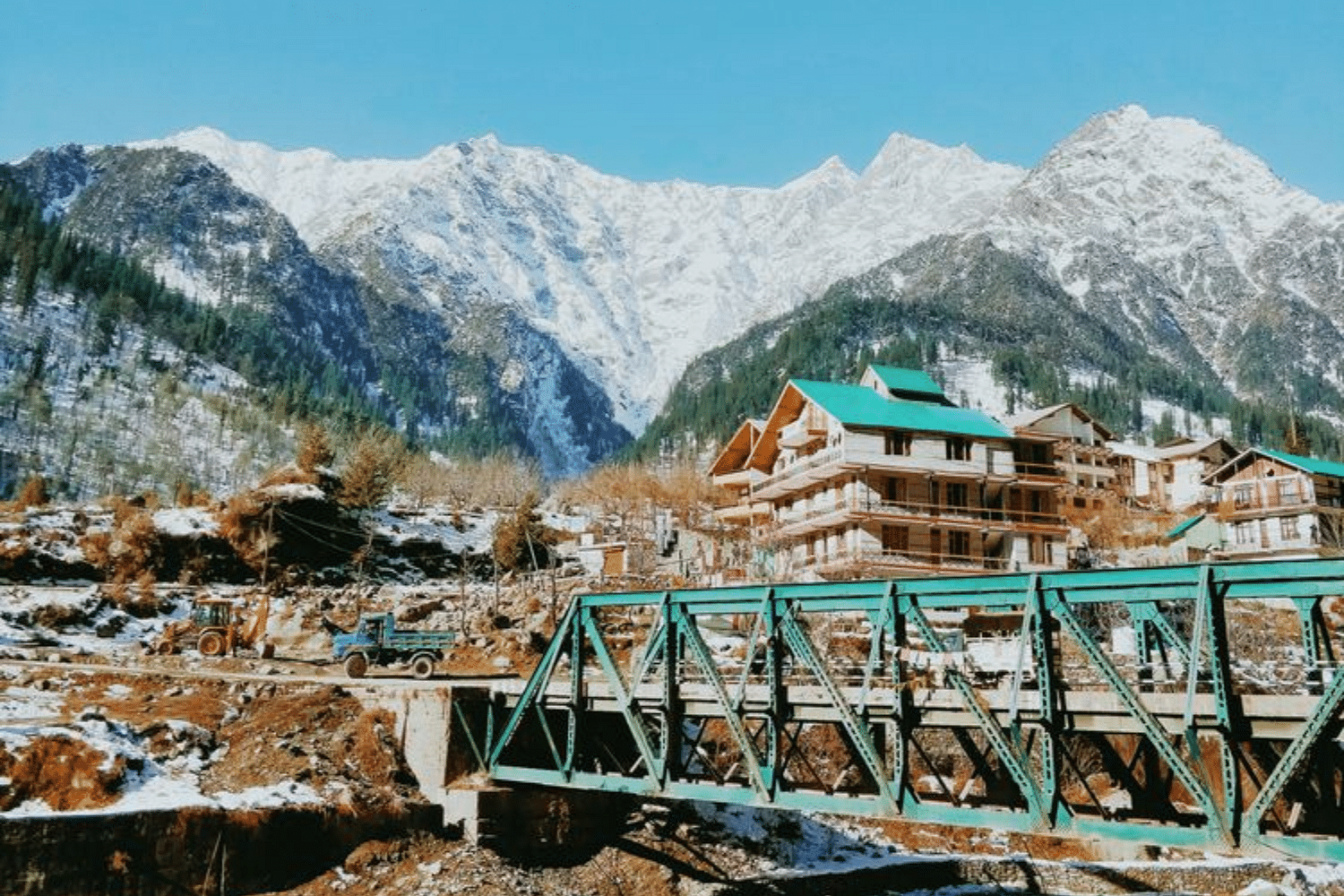
Rajasthan
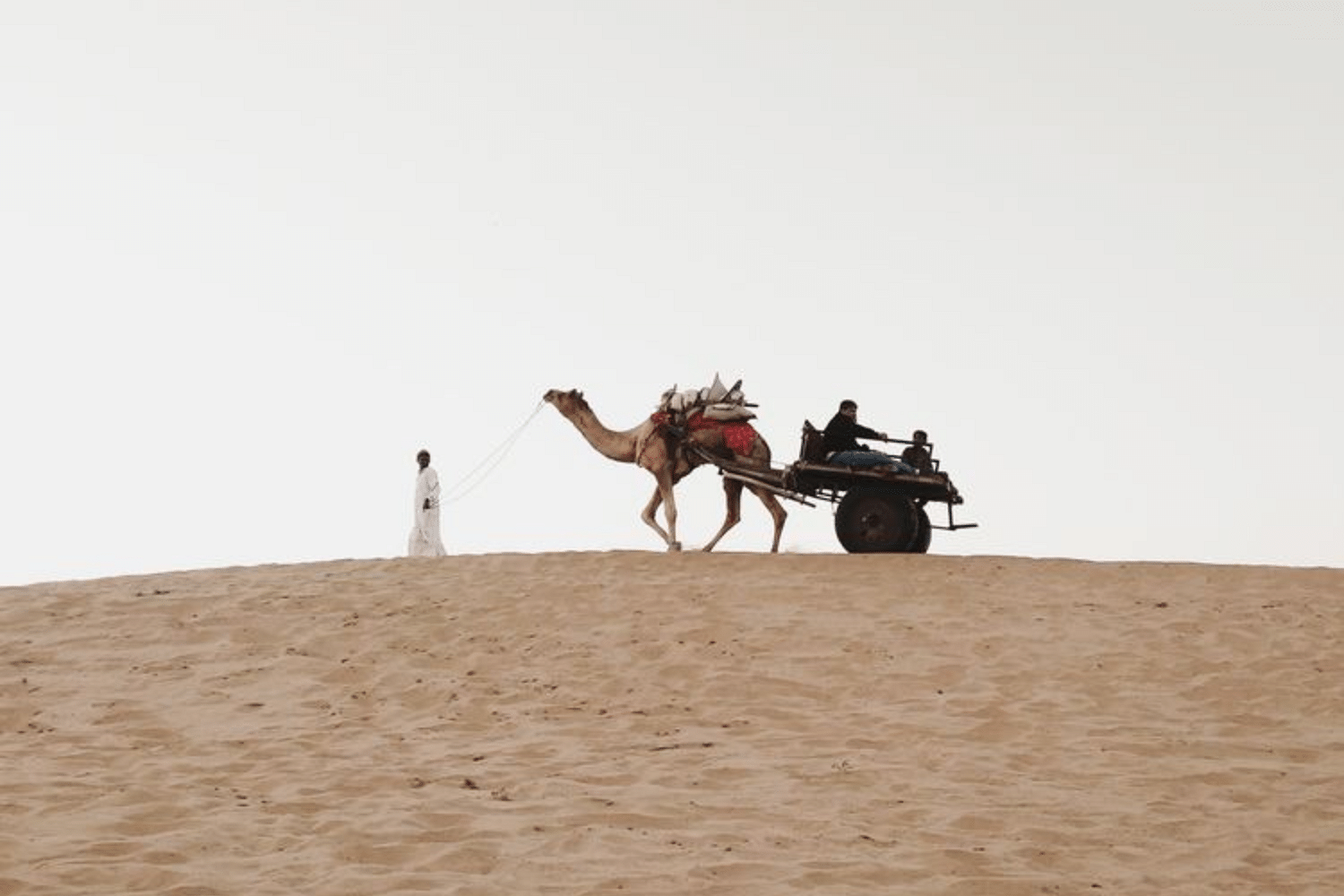
Beautiful royal houses, in particular, are well-known in Udaipur. The renowned Lake Palace, which appears to flow on the water of Lake Pichola, is the main attraction. Overlooking Jodhpur’s Blue City is the Mehrangarh Fort. In the tiny city of Jaisalmer, a magnificent fort towers over the dunes of the Thar desert.
The most renowned wildlife sanctuary, Ranthambore National Park, is in Rajasthan, another famous state in India. Here, guests can see Bengal Tigers and other wild animals up close.
South India: An Overview
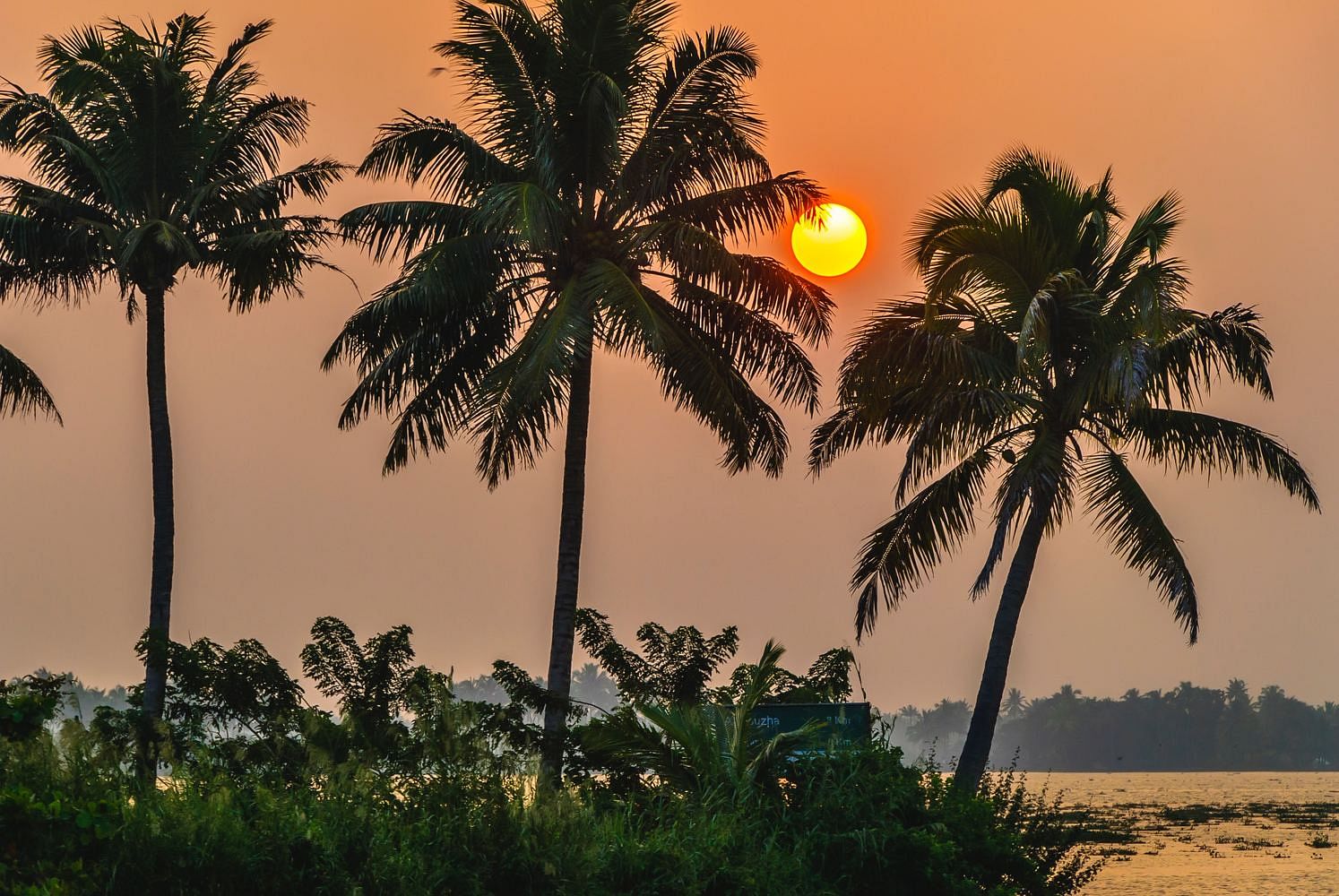
South Indiais the southern part of India and includes the states of Andhra Pradesh, Telangana, Karnataka, Kerala, Tamil Nadu, and the union territories of Lakshadweep and Puducherry. The Indian Ocean borders it to the South and the Bay of Bengal.
Climate and Weather
South India experiences a tropical climate with high humidity levels. The monsoon season starts from June to September, and brings rainfall to the region and the winter months, from November to February, are more relaxed and drier.
Food and Cuisine
South Indian cuisine is known for its use of rice, lentils, and coconut. It is characterized by dishes such as dosa, idli, and sambar. South Indian food is also known for its spicy and tangy flavours.
Culture and Traditions
South India has a rich cultural heritage predominantly influenced by Dravidian culture. It is home to ancient temples and has been ruled by many dynasties, such as the Cholas, the Pandyas, and the Vijayanagara Empire. Hinduism heavily influences South Indian culture, and has a solid classical dance and music tradition. You can enjoy the mesmerizing culture and tradition on the Trip.
Popular Tourist Destinations
Some famous tourist destinations in South India include the backwaters of Kerala, the beaches of Goa, the temples of Tamil Nadu, and the hill stations of Ooty and Coorg.
- Munnar
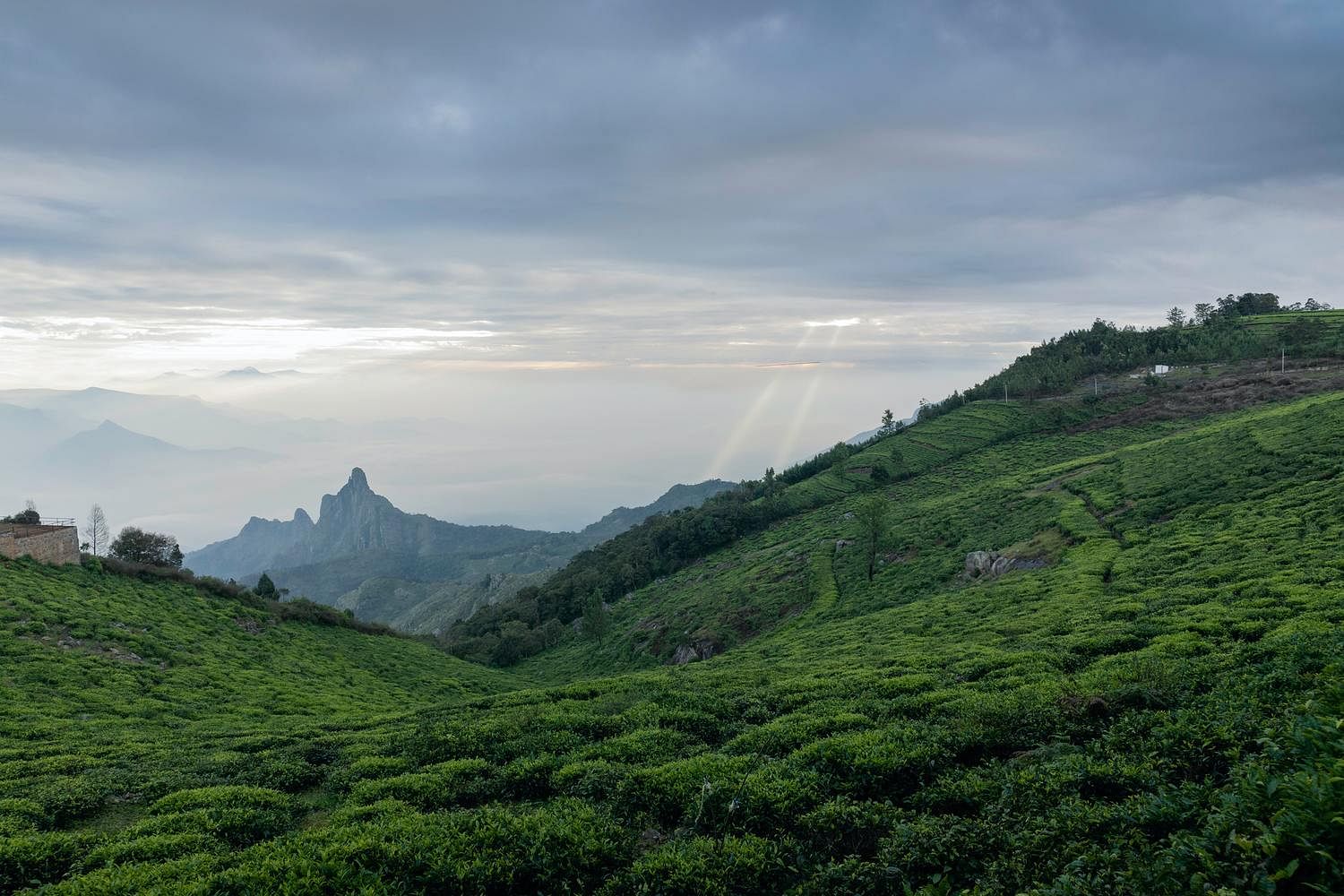
It offers a tranquil environment with its lush green forests and tea plantations. You might also get to see some unusual animals, such as the Neelakurinji and Nilgiri Tahr.
Mesmerising Sand and the Water
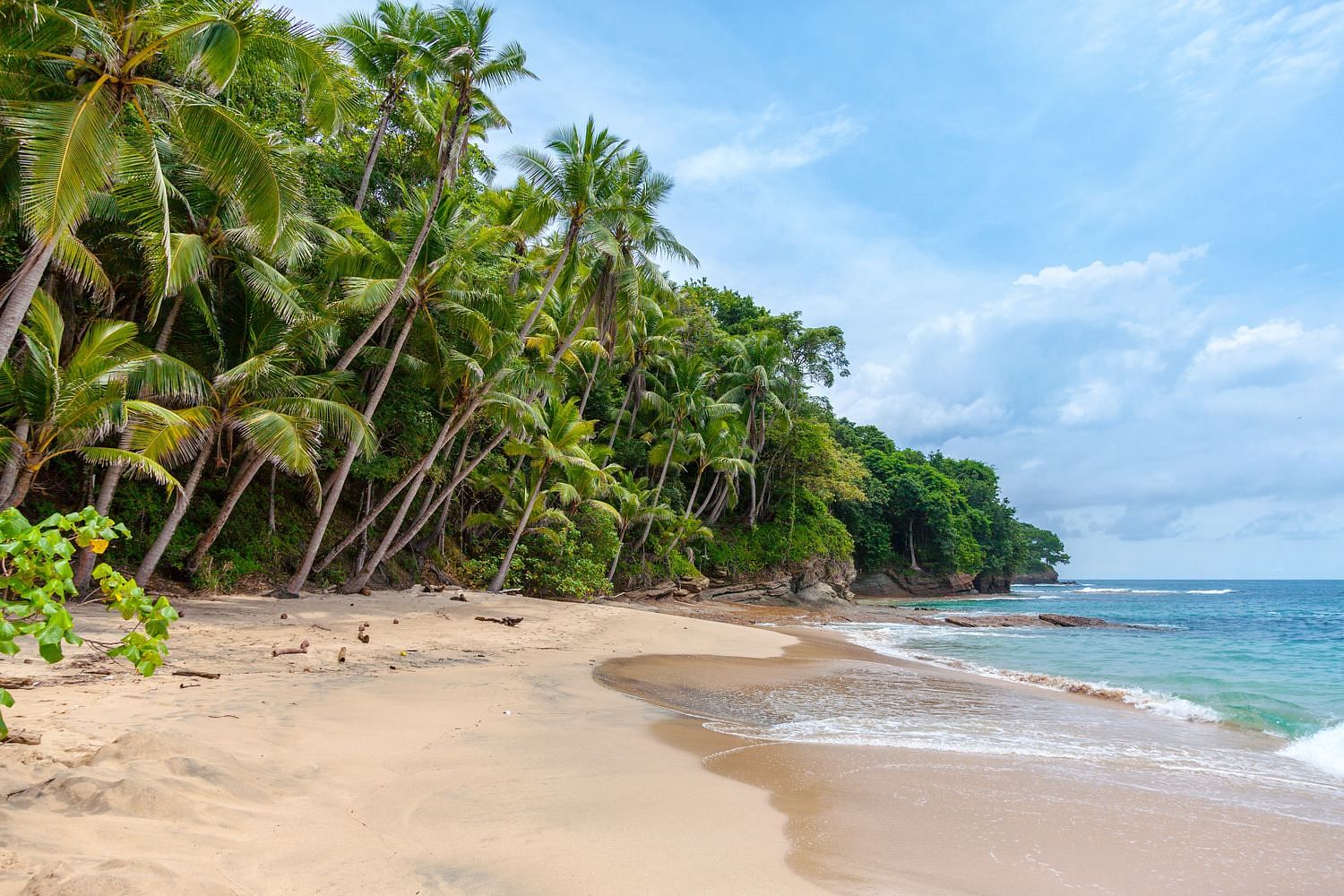
At Marari Beach and Gokaran Beach, you can get closer to the natural world. Sitting by the shore allows you to savour exotic coconut water, converse with the Sun, and approach yourself more. If you are up for more fun on the Goa beaches, take ragers on the sand with your pals or savour a hearty Goan fish curry with them.
Kerala
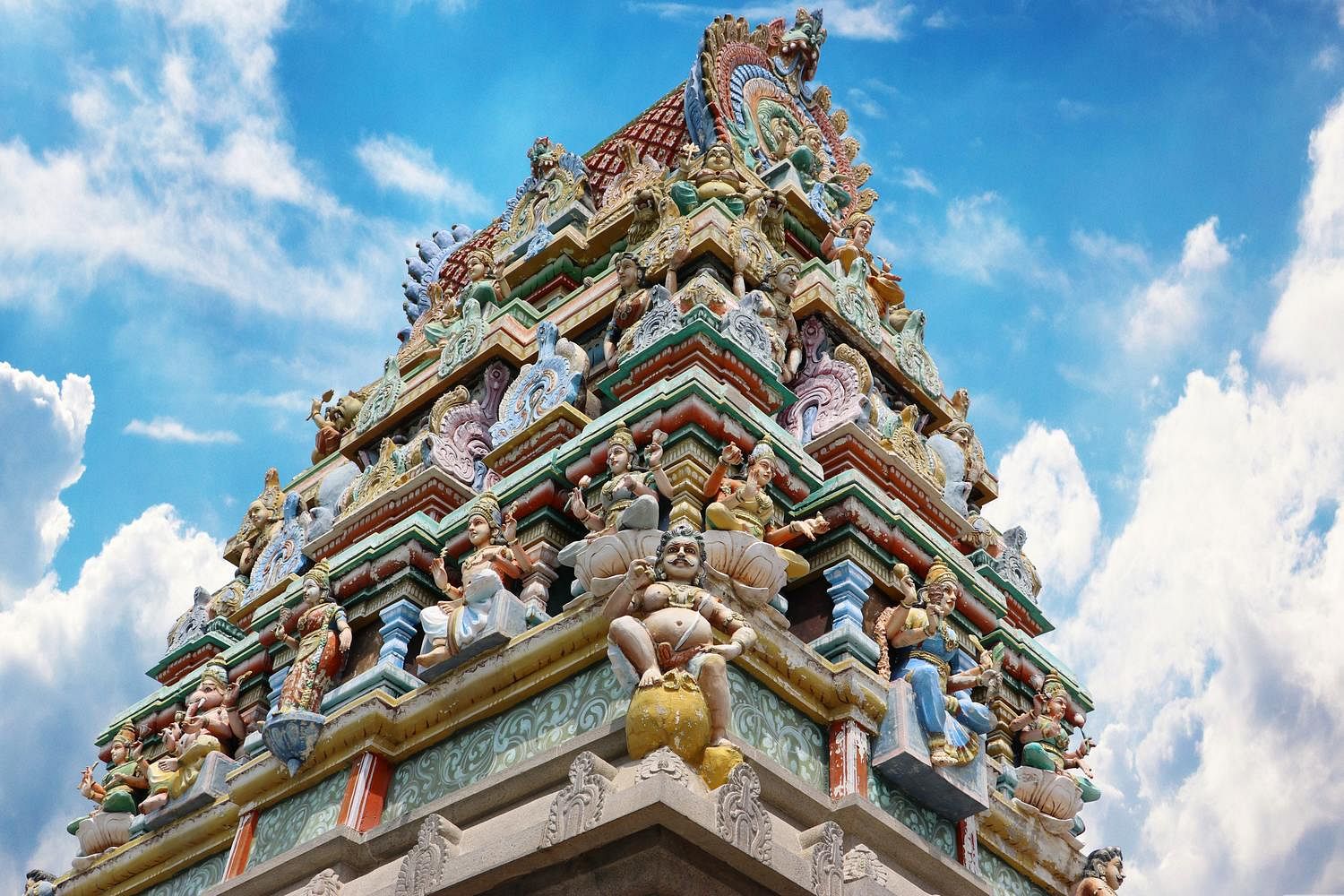
Nevertheless, on a budget, you could also ride a local ferry or study while paddling a canoe. One of the area’s most exciting features is the water lilies and flowers that grow on the backwaters’ waters. The magical backwaters of Kerala are worth the time and effort to explore.
North India vs South India: The Differences
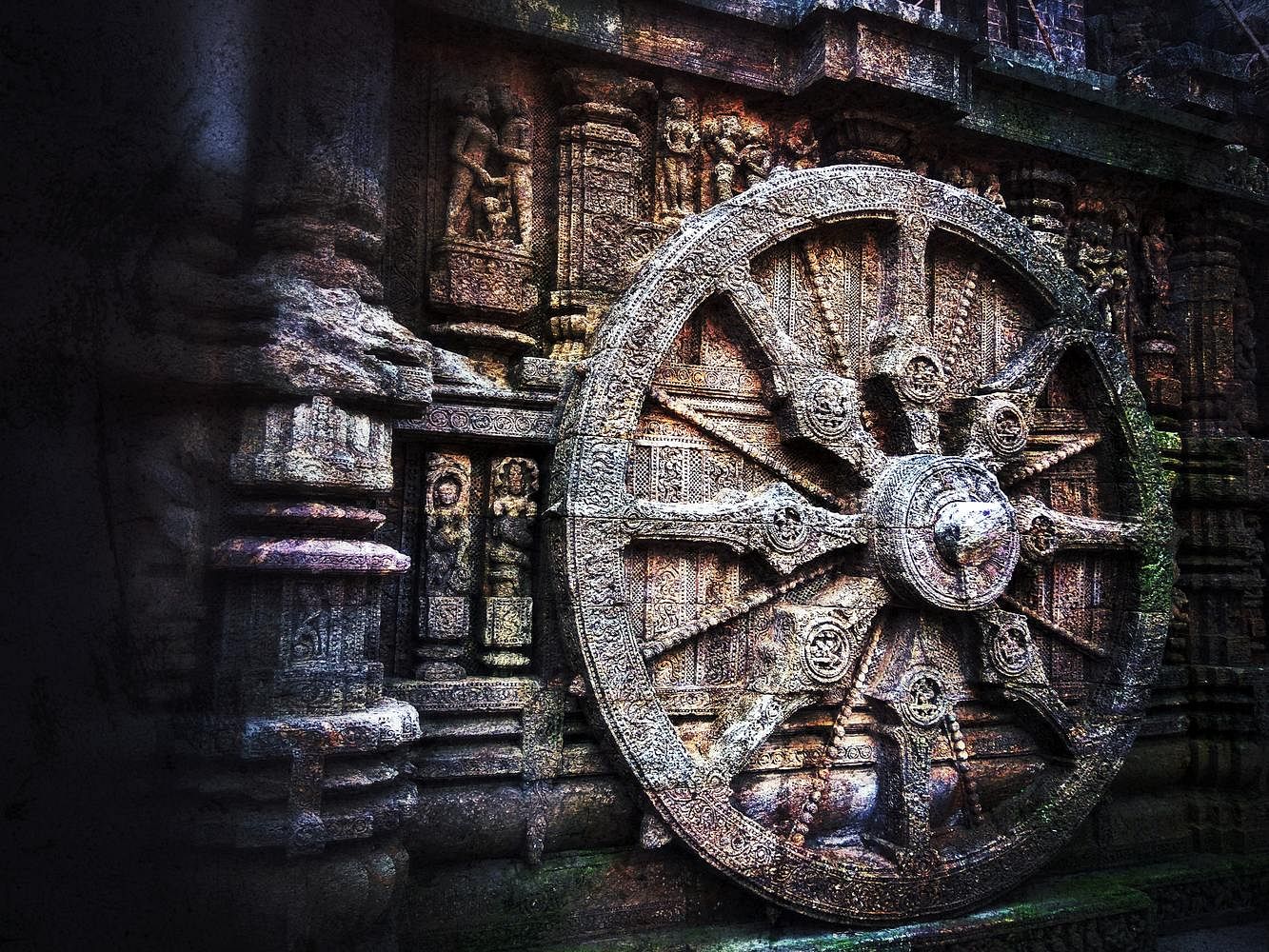
North India is predominantly Hindi-speaking, with some regions also speaking Punjabi, Haryanvi, and other local languages. South India is predominantly Tamil, Telugu, Kannada, and Malayalam speaking. English is widely spoken in both regions.
Food and Cuisine
Rich gravies, tandoori dishes, and bread characterize North Indian cuisines. Rice-based dishes, lentil stews, and coconut-based curries characterize South Indian cuisines. North Indian food tends to be more meat-based, while South Indian food is predominantly vegetarian.
Culture and Traditions
Hinduism, Islam, and Sikhism heavily influence North Indian culture. Hinduism predominantly influences South Indian culture and has a solid classical dance and music tradition. North India is known for its Mughal architecture and heritage sites, while South India is known for its ancient temples.
Climate and Weather
North India experiences extreme temperatures with hot summers and cold winters. South India has a tropical climate with high humidity levels and heavy rainfall during the monsoon season. The great time to visit North India is during the winter months, while the best time to visit South India is during the cooler winter months.
Tourist Attractions
North India is home to some of the most iconic monuments in the world, such as the Taj Mahal and the Red Fort. South India is known for its ancient temples, backwaters, and beaches.
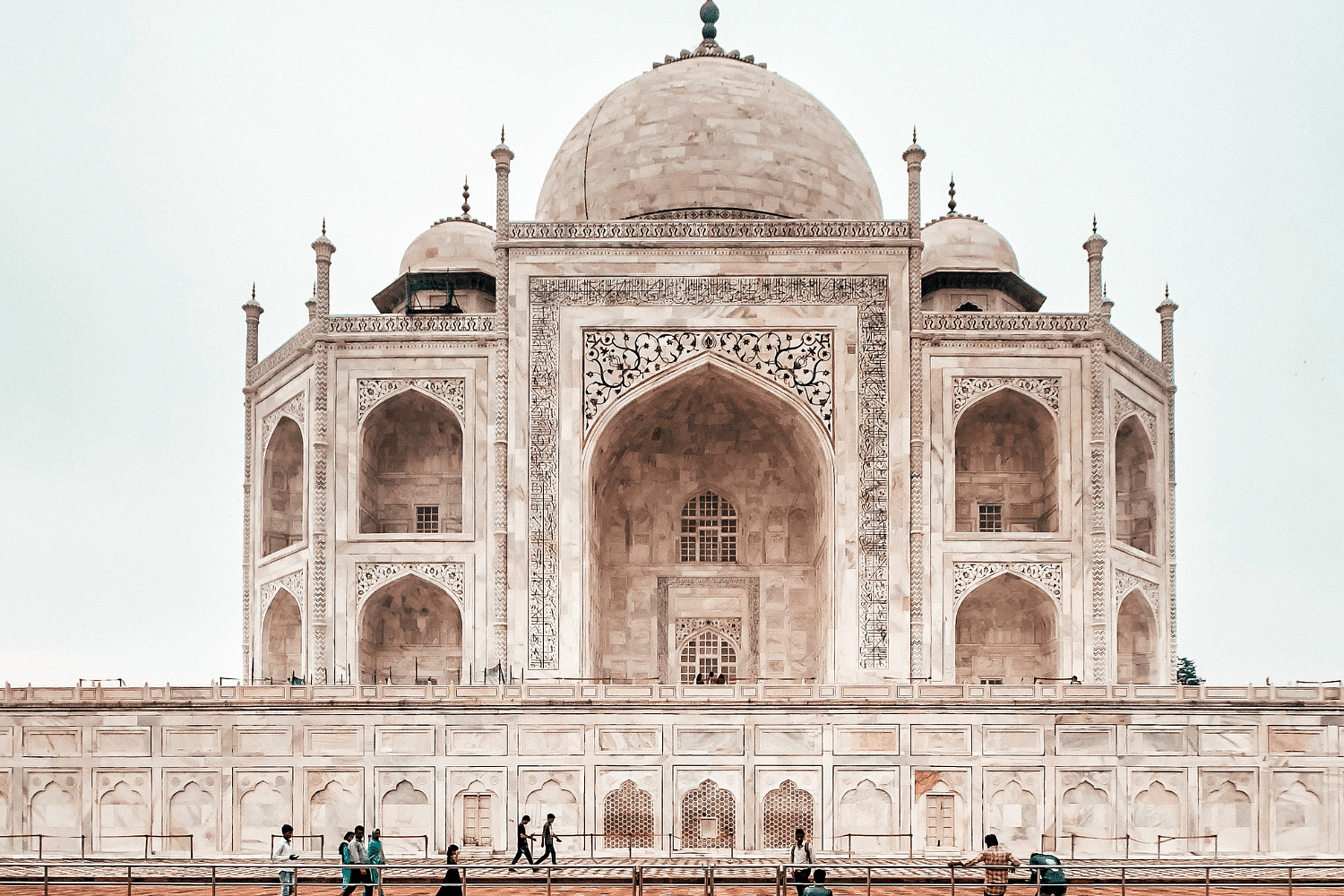
Language plays an important role when travelling, especially when visiting a region where you must become more familiar with the local language. North India is predominantly Hindi-speaking, while South India is predominantly Tamil, Telugu, Kannada, and Malayalam speaking. However, English is widely spoken in both regions, making communication easier for travellers.
Food and Cuisine
North and South Indian cuisine is known for its unique flavors and spices. North Indian cuisine tends to be richer and heavier, with meat-based dishes such as butter chicken and kebabs. South Indian cuisine, on the other hand, is predominantly vegetarian, with dishes such as dosa and idli. If you are a vegetarian, you may find South Indian food more appealing. However, if you are a meat lover, you will enjoy the variety of dishes available in North India.
Culture and Traditions
North India is known for its Mughal architecture and heritage sites, such as the Taj Mahal and the Red Fort. South India is known for its ancient temples and classical dance forms, such as Bharatanatyam and Kathakali. Both regions have a rich cultural heritage, and it is worth exploring the local customs and traditions.
Climate and Weather
North India experiences extreme temperatures, with hot summers and cold winters. The great time to visit North India is during the winter months, from November to February when the weather is pleasant. South India, on the other hand, has a tropical climate with high humidity levels and rainfall during the monsoon season starts from June to September. The suitable time to visit South India is during the cooler winter months, from November to February.
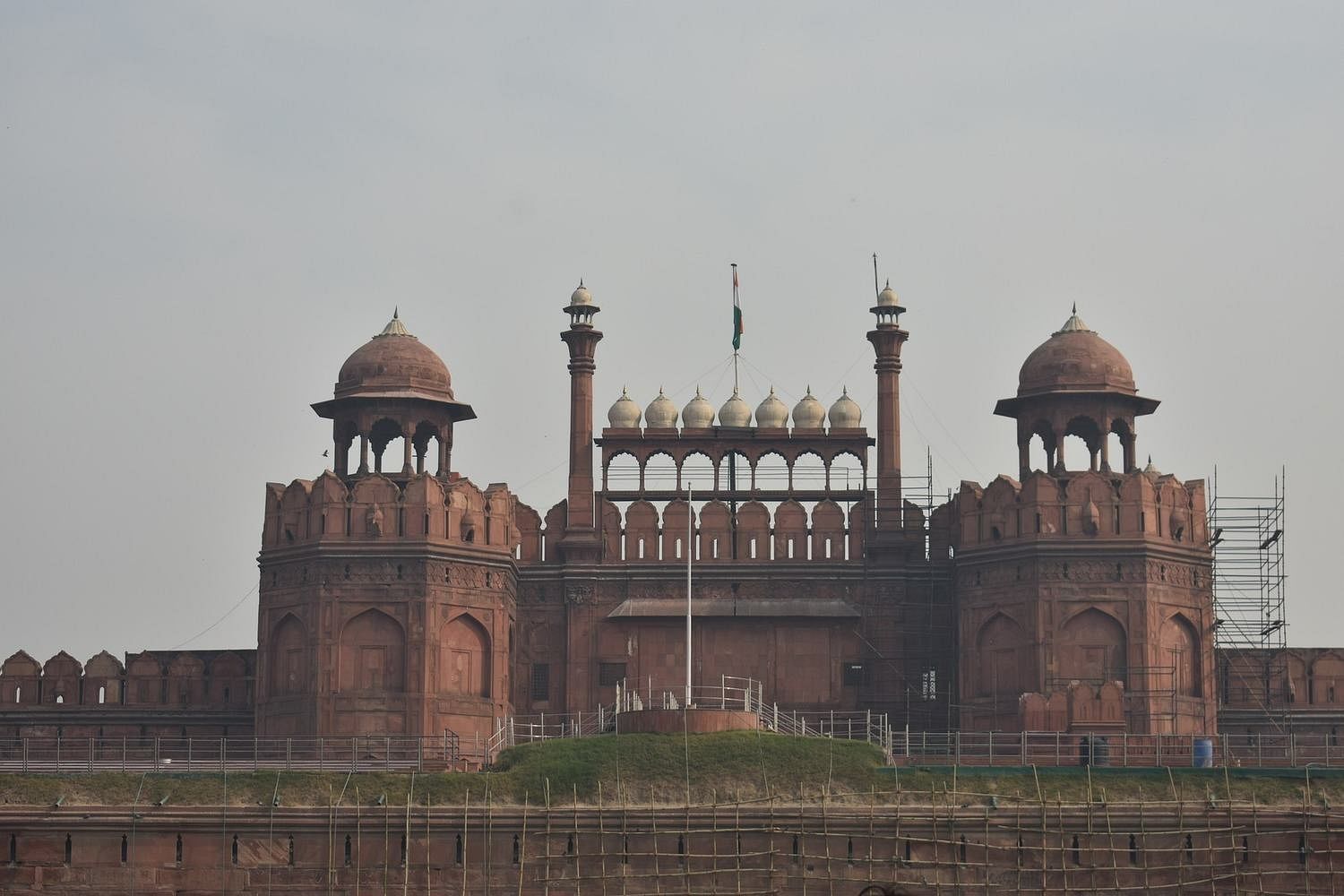
Both North and South India offer a plethora of tourist attractions. North India is home to some of the most iconic monuments in the world, like the Taj Mahal and the Red Fort in Agra, the Qutub Minar in Delhi, and the Amer Fort in Jaipur. It also has a rich Mughal and Rajput architecture history, seen in cities such as Fatehpur Sikri, Udaipur, and Jaisalmer.
South India, on the other hand, is known for its ancient temples, backwaters, and beaches. The state of Kerala, in particular, is famous for its serene backwaters and houseboats, providing travellers with a unique experience. The beaches of Goa, with their vibrant nightlife and watersports, are also significant tourist attractions. Tamil Nadu is home to the ancient temple complexes of Mahabalipuram and Madurai, which are worth visiting for their intricate carvings and architecture.
Choosing between North India and South India ultimately depends on your preferences and interests for a memorable trip. If you are interested in history and architecture, North India may be your ideal destination. If you are looking for a relaxed, beautiful and laid-back experience, South India may be a perfect choice.
Conclusion
India is a diverse country, with each region offering its unique culture, cuisine, and attractions blend. Choosing between North India and South India can take time, as both regions have much to offer. North India is known for its rich history, Mughal architecture, and iconic monuments, while South India is known for its ancient temples, backwaters, and beaches.
Ultimately, your choice will depend on your personal preferences and interests. Both regions have their charm and beauty, and it is worth exploring Trip both to get a complete picture of India’s diversity and richness. So whether you visit North India or South India, savour the local cuisines, immerse yourself in the local culture, and soak in the breathtaking beauty of this incredible country.
Get exclusive travel insights & updates into your inbox!
*By clicking subscribe you'll receive emails from WanderOn.
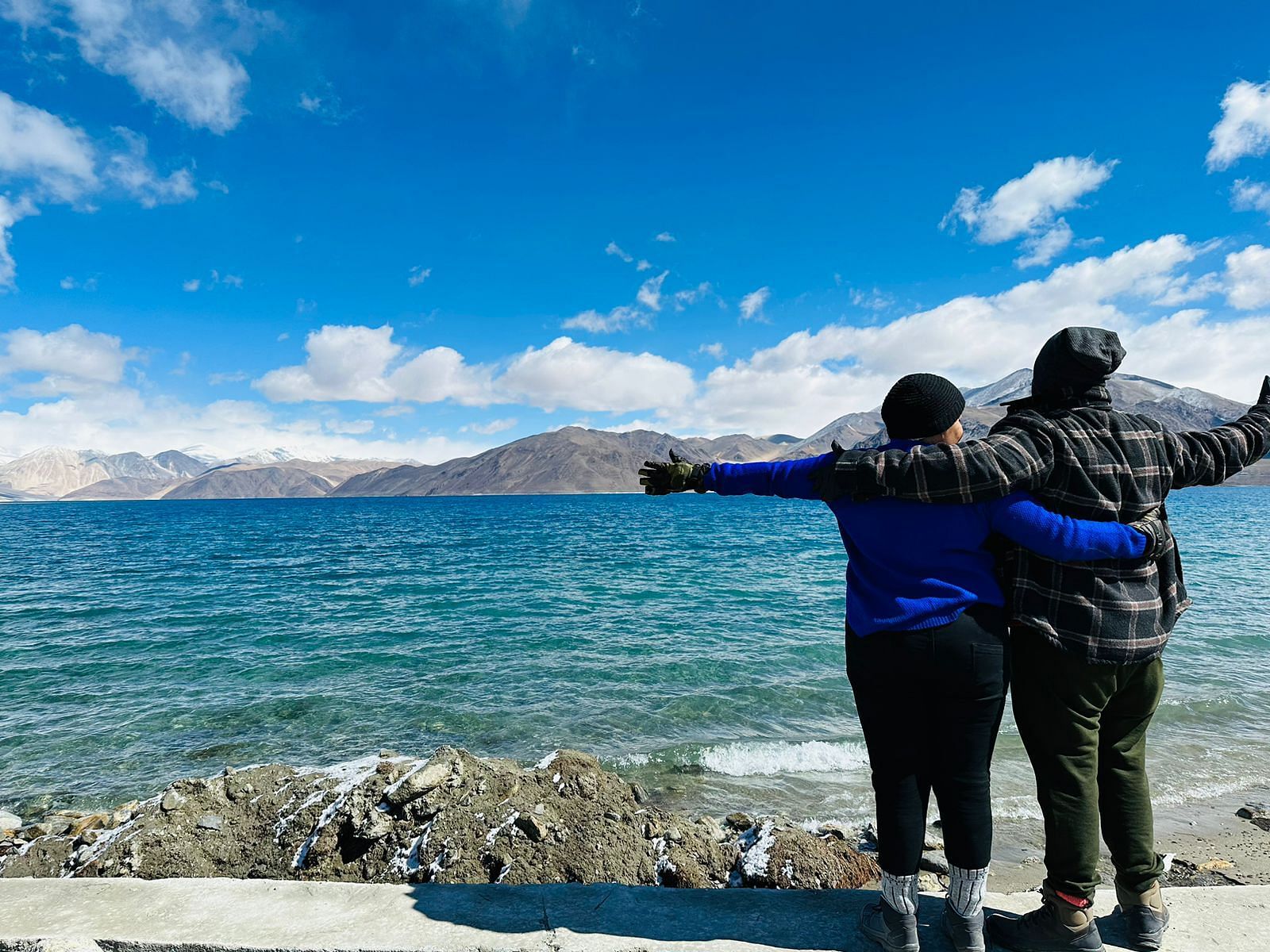
Shrutika Parab
★★★★★24 May 2024
“Thank you Team Wanderon for the amazing Ladakh Experience. Right from the point of making the bookings with Mr. Chakshu to the point of completion of the trip received amicable support.
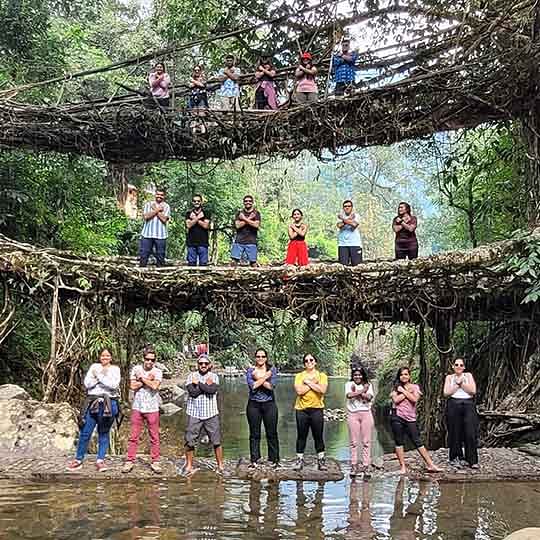
Sonal Shekhar Dash
★★★★★9 May 2024
“I did my first solo trip in India with WanderOn. Initially I was sceptical about their Meghalaya-Kaziranga trip as I didn't have any prior experience with them but the team assured me that it's going to be one of the best experiences of my life.

Archana Awati
★★★★★30 Apr 2024
“In Ladakh, find the perfect blend of culture, adventure, and serenity. December last year I decided that my next trip would be Ladakh but didn’t know how to go about it. I knew I wanted to travel in a group, as I had prior experiences of traveling in a group but wanted an organiser I could trust. Ladakh isn’t like other destinations wherein you need some instructions due to the high altitudes.
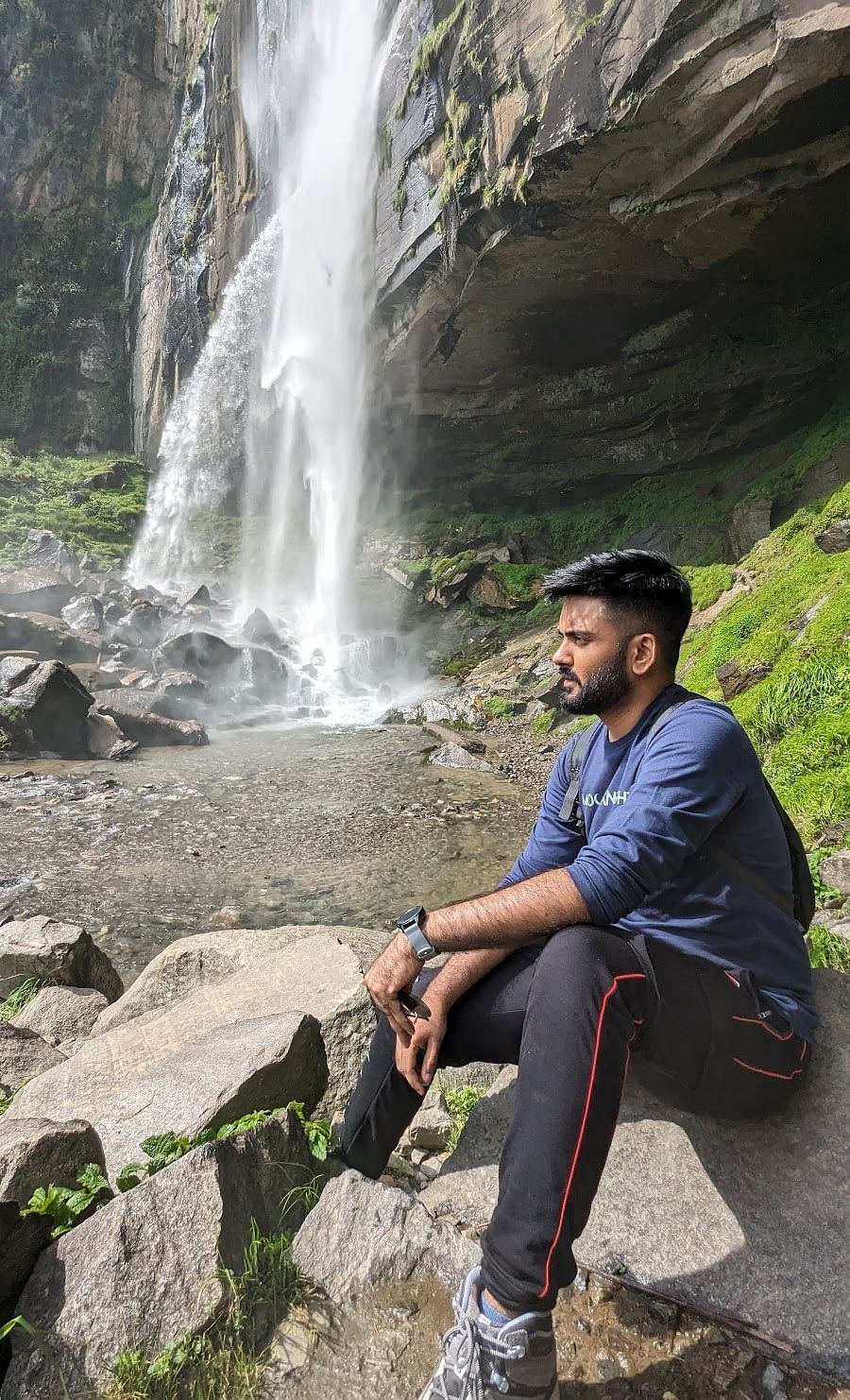
Kartik Dilawari
★★★★★4 Jul 2024
“After an amazing trip to Tirthan with WanderOn, I decided to go to Manali-Jispa with them and yet again, the experience was worth every penny. The place was very beautiful and the quality of service was top-notch, the itinerary was very good and the quality of transportation and stays were very good. Had an awesome time there and made some good friends as well. Lastly, our trip captains Priyasha and Rachit managed the entire trip very well and were so fun and made our trip an experience worth remembering.
FAQ'S
01
1. Is North or South India better for travel?
Great beaches, amazing animals, and tranquil backwaters can all be found in South India. Your first impression of South India will be its temperature, which is more tropical than North India due to its warmth and humidity. Great beaches, amazing animals, and tranquil backwaters can all be found in the Southern part of the country.
02
2. How is North India different from South India?
03
3. How is South Indian culture different from North Indian culture?
04
4. Which is more developed, South India or North India?
05
5. Which is the safest state in India to travel to?
WanderOn Special

WANDERON EXPERIENCES PVT LTD
3rd Floor, Building No-436, Phase IV, Udyog Vihar, Sector-18, Gurugram, Haryana-122015


